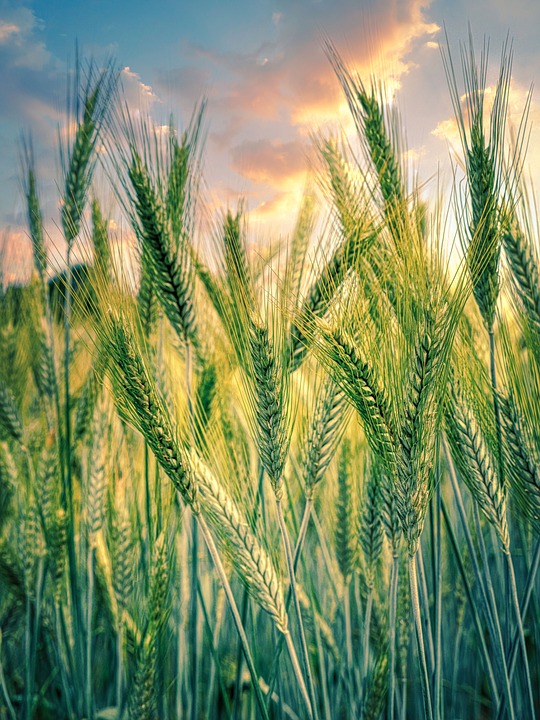The Culture and Traditions of Early Russian Settlers
When Russian settlers first arrived in North America in the early 18th century, they brought with them a rich culture and long-standing traditions that would shape the communities they established. From music and dance to religious practices and culinary customs, these early Russian settlers played a significant role in shaping the cultural landscape of the regions where they settled.
Religion and Traditions
One of the most important aspects of early Russian settlers’ culture was their religious practices and traditions. The majority of Russian settlers were members of the Russian Orthodox Church, and their customs and rituals played a central role in their everyday lives. Church services were held regularly, and holidays such as Easter and Christmas were celebrated with great pomp and ceremony.
Another important tradition among early Russian settlers was the practice of creating intricate and elaborate icons, which were used in religious ceremonies and as a means of seeking protection and guidance. These icons were often made by skilled artisans and were considered sacred objects by the settlers.
Music and Dance
Music and dance were also important components of early Russian settlers’ culture. Traditional Russian folk songs and dances were passed down from generation to generation, and were often performed at community events and celebrations. The music was typically accompanied by instruments such as the balalaika, a stringed instrument similar to a guitar, and the accordion.
One of the most well-known Russian dances that early settlers brought with them was the Troika, a traditional dance performed by three dancers who move in synchrony to create a sense of unity and harmony. The Troika was often performed at weddings and other important events, and was a beloved tradition among early Russian settlers.
Culinary Customs
Culinary customs were another important part of early Russian settlers’ culture. Traditional Russian cuisine, such as borscht, pelmeni (dumplings), and piroshki (stuffed pastries), was a staple of the settlers’ diet and was often served at community gatherings and celebrations.
One of the most popular dishes among early Russian settlers was kasha, a porridge made from grains such as buckwheat or barley. Kasha was typically served with butter, sugar, and milk, and was a hearty and nutritious meal that helped sustain the settlers through the long, harsh winters.
Art and Craftsmanship
Art and craftsmanship were also important aspects of early Russian settlers’ culture. Skilled artisans created beautiful works of art, such as intricate wood carvings, ornate textiles, and colorful ceramics, which were used to decorate homes and churches.
One of the most well-known forms of Russian art that early settlers practiced was icon painting. Icons were religious paintings that depicted saints, religious figures, and scenes from the Bible, and were considered sacred objects by the settlers. Skilled icon painters used traditional techniques and materials to create these intricate and beautiful works of art, which were often passed down from generation to generation.
Conclusion
Early Russian settlers brought with them a rich and vibrant culture that was shaped by centuries of tradition and history. Their religious practices, music and dance, culinary customs, and art and craftsmanship all played a significant role in shaping the communities they established in North America.
Today, the legacy of these early Russian settlers can still be seen in the cultural traditions and practices that are passed down from generation to generation. Their contributions to the cultural landscape of North America are an important part of the region’s history, and their influence continues to be felt to this day.





